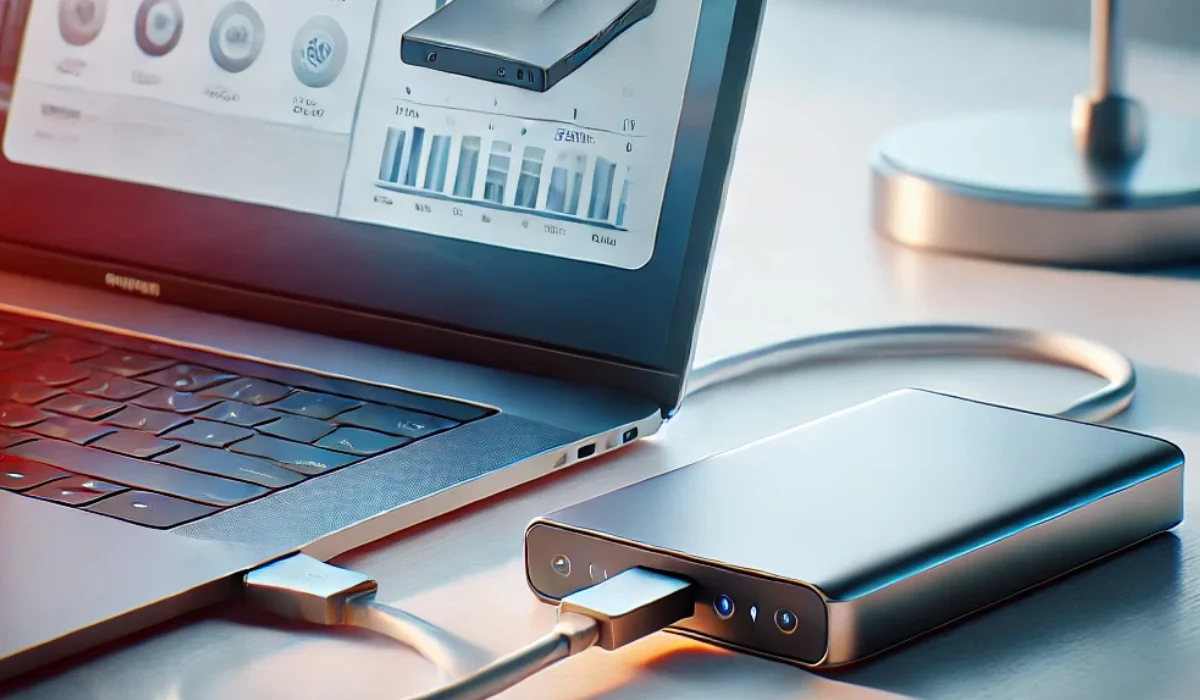The Fujitsu MAP3367NP is a high-performance hard drive designed for enterprise use, featuring the Ultra320 SCSI interface. While this technology offered incredible speed and reliability in its heyday, modern systems often lack native SCSI connections, relying instead on USB for external devices. If you’re looking to connect this legacy drive to a USB port, the process involves several steps and specific tools. Here’s a detailed guide to help you through it.
Tools
To successfully connect the Fujitsu MAP3367NP hook up to usb port, you’ll need:
SCSI-to-USB adapter: Converts the SCSI interface to USB.
- External SCSI enclosure: Houses the drive and provides the necessary connections.
- Power supply: Supplies power to the drive, often integrated into the SCSI enclosure.
- Appropriate cables: SCSI cables and USB cables compatible with your adapter and enclosure.
- Driver software: Drivers for the SCSI-to-USB adapter to ensure proper communication between the drive and your system.
Setup
SCSI
- Check compatibility: The Fujitsu MAP3367NP uses the Ultra320 SCSI interface. Ensure your SCSI-to-USB adapter and external enclosure support this standard.
- Install the drive: Open the external SCSI enclosure and mount the drive securely. Attach the SCSI cable to the drive, ensuring the connection is firm.
- Configure SCSI ID: Enterprise SCSI drives often require setting a unique SCSI ID. Locate the jumper pins on the drive and adjust the settings according to the instructions for your SCSI-to-USB adapter.
USB
Connect the adapter: Attach the SCSI cable from the enclosure to the SCSI-to-USB adapter.
- Plug in power: Connect the enclosure’s power supply and turn it on. Verify that the drive spins up and any indicator lights are active.
- USB connection: Use a USB cable to connect the adapter to your computer’s USB port.
Drivers
- Install drivers: If the SCSI-to-USB adapter came with a driver CD or download link, install the necessary software.
- Check device manager: On Windows, open the Device Manager to verify the drive appears under Disk Drives or USB Devices. On macOS or Linux, use terminal commands like diskutil list or lsblk to locate the drive.
- Troubleshoot recognition issues: If the drive isn’t detected, double-check all connections, power supply, and driver installations.
Formatting
Data
If the drive contains data, you’ll need to determine the file system format (e.g., NTFS, FAT32, EXT4). Ensure your computer can read this format.
Format
If you’re repurposing the drive, you may need to reformat it. Use disk management tools like Disk Management in Windows or Disk Utility in macOS. Keep in mind:
- Formatting erases all data.
- Choose a file system compatible with your system (e.g., NTFS for Windows, HFS+ for macOS).
Performance
Speed
SCSI-to-USB connections often experience slower speeds compared to native SCSI or USB drives due to protocol conversion overhead.
Stability
Ensure proper ventilation for the drive to avoid overheating, as legacy drives can generate significant heat during operation.
Benefits
- Data recovery: Retrieve files from an old drive.
- Legacy compatibility: Access enterprise-level data storage on modern systems.
- Repurposing: Use the drive as an external storage solution.
Conclusion
Connecting a Fujitsu MAP3367NP hook up to usb port achievable with the right tools and steps. This guide provides all the essential details to help you set up this legacy drive for modern use. By following these instructions, you can unlock the potential of your old hardware and give it a second life.
